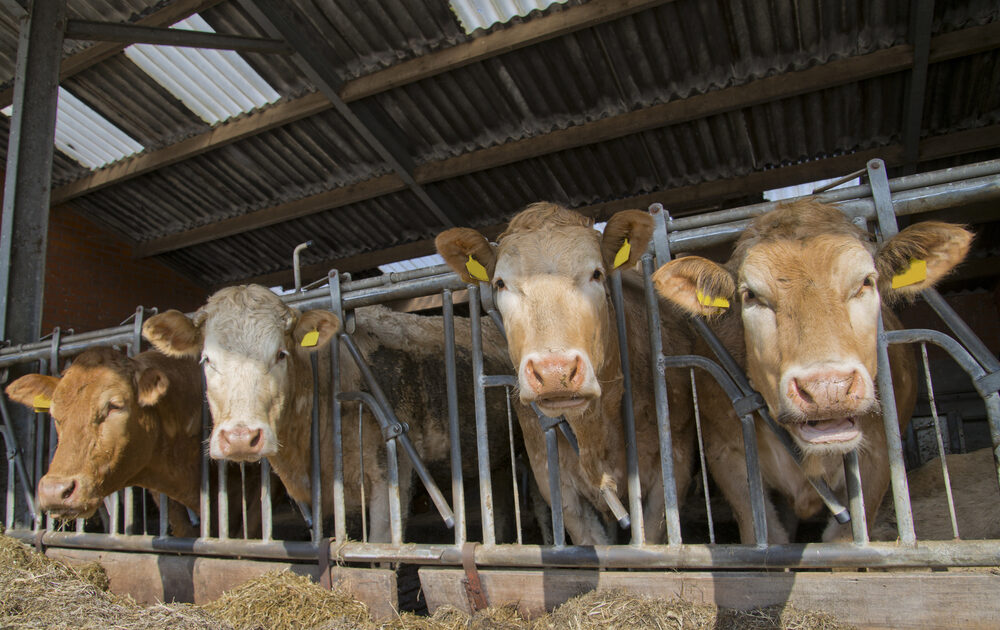When Antibiotic Resistance Goes Airborne

Millions of Americans are worried about antibiotic resistance both individually and as a society. As a result, we’re watching what we’re eating–trying to avoid exposure to antibiotics in meat and dairy. What’s more, we’re avoiding misdiagnoses at the doctor and we’re skipping the antibacterial cleaners, wipes, soaps, and body washes that can also lead to resistance. But what if antibiotics could be found in the air we breathe? What if antibiotic resistance could go airborne?
Publishing in Environmental Health Perspectives, researchers followed 10 commercial cattle feedlots in the Southern High Plains of Texas, within a few hundred miles of Lubbock. The feedlots had a capacity of 20,000-50,000 head of cattle each. According to the study, airborne particulate matter near feedlots was significantly different downwind than it was upwind of the feedlots.
The most prevalent antibiotic found in air samples was monensin, an ionophore antibiotic detected in 100 percent of air samples, both downwind and upwind from the feedlots. Another antibiotic, tylosin, was detected in 80 percent of downwind air samples. Additionally, three tetracycline antibiotics were detected in 60 percent of downwind samples. What’s worse, six antibiotic resistant genes were detected downwind of the feedlots.
“ [Airborne particulate matter (PM)] generated at beef cattle feedyards contains distinct communities of bacteria, antibiotics, and antibiotic resistance gene sequences,” wrote the study authors. “Thus there is significant potential for widespread distribution of antibiotics, bacteria, and genetic material that encodes antibiotic resistance via airborne PM as a result of the large mass of fine particles released daily from beef cattle feedyards in the Central Plains of the United States.”
Researchers contend that more research needs to be done to see how far resistance genes can actually travel.
“This study clearly demonstrates the potential for antibiotics and bacteria to be transported from beef cattle feedyards into the environment by wind,” the study said. “Thus, it is reasonable to consider how far microbes may be transported from these sources, and if they remain viable after aerial transport. This study was not designed to address these questions directly, rather it was intended to quantify airborne antibiotics, changes in microbial community composition, and identify antibiotic resistance genes derived from a potential source.”
This is just one more problem with the excessive use of antibiotics in our food system. No matter how much we cut back on antibiotic use in healthcare, we’re only making a dent unless we start to take their use in livestock into serious consideration. In all, 80 percent of antibiotics in use today are used on livestock and that number is not going down fast enough. Antibiotics are used to fatten animals up faster before sending them to slaughter, as well as keeping animals living in inhumane conditions from getting sick. While treating actual illness is one thing, excessive use still runs rampant within the factory farming industry.
Related on Organic Authority
McDonald’s to Cut Antibiotics in Chicken from its U.S. Supply Chains
FDA Regulations Too Lax on Enforcing ‘Misleading’ Growth Enhancement Claims for Antibiotics
Tyson Foods Latest Chicken Producer to Pull Antibiotics from All Hatcheries
Image of a cattle feedlot from Shuttershock

